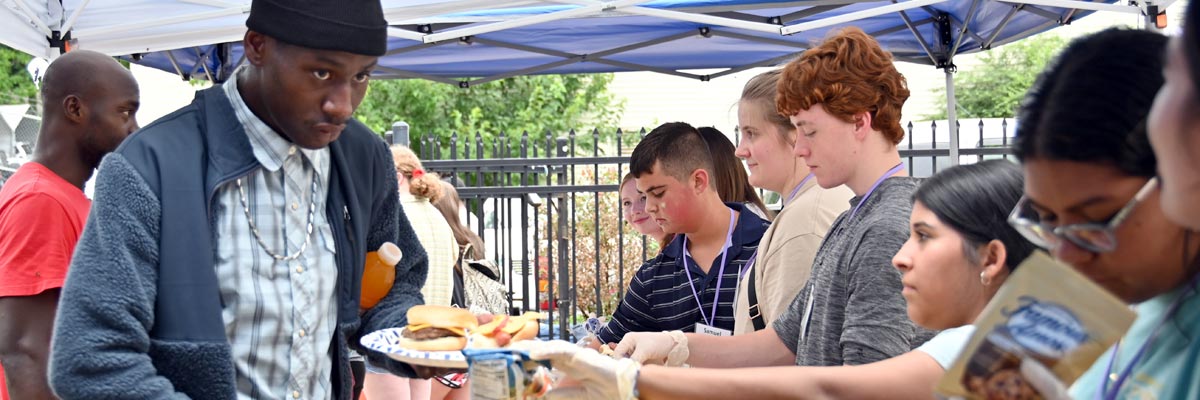Official Website of the
Catholic Diocese of Little Rock
‘Didache’ shows today’s Christians how little has changed in Tradition
Published: January 21, 2006
By Abbot Jerome Kodell, OSB
While he was on a trip to Constantinople in 1873, Orthodox Archbishop Philotheos Byrennios, who had been a professor of Church history, took the opportunity to browse in the ancient manuscript collection of the library of Holy Sepulchre Monastery. Much to his surprise and the world’s surprise, he discovered a copy of an early Christian writing that was thought to have disappeared completely, the “Teaching of the Twelve Apostles,” better known as the “Didache” (did-ah-kay) from the first word of the Greek title.
The discovery produced an international sensation. When the first English translation was released in New York bookstores in 1884, 5,000 copies were sold on the first day.
Why did the “Didache” arouse such attention and why is it important to the Christian Church to this day?
The “Didache” is one of the oldest, if not the oldest, Christian writing we possess outside the New Testament. It has been dated as early as 50 A.D. and as late as 150 A.D., but the consensus hovers around the end of the first century. Its antiquity is impressive enough, but besides that, its choice of topics makes the “Didache” a valuable witness to the teaching and practice of the early Church and the continuity of the Tradition until today.
The first part deals with everyday life and morality and contains, for example, a clear prohibition of abortion (2:2); the second part is liturgical and disciplinary, covering baptism, Eucharist and Church leadership.
Baptism may be done in two ways, either by immersion or by pouring. The rite for pouring could be a rubric for today: “Pour water onto the head three times, in the name of the Father and of the Son and of the Holy Spirit.” (7:3)
The early form of the Eucharist reflected in the “Didache” follows the form of the Last Supper as recorded in the Gospel of Luke, which has a cup before the bread. Celebrating the ritual is called “to Eucharist,” and the words over the cup and the bread begin with the expression “We give you thanks, our Father,” that is still reflected in the beginning of the Prefaces today.
The formula is followed by the beautiful prayer: “Just as this broken loaf was scattered over the hills, and, having been gathered together, became one; so may your Church be gathered together from the ends of the earth into your kingdom.” (9:4)
The prayer after Communion says: “You make your holy name tabernacle in our hearts.” (10:2)
This use of “name” in the Hebrew sense as standing for the person (the Temple was the “dwelling place of your name”) is one of the reasons the “Didache” is believed to have originated in a Jewish Christian community, possibly in Antioch.
If this is so, it is interesting that already Sunday, “the Lord’s Day” (14:1), has replaced Saturday as the day of Christian worship.
The Lord’s Prayer appears with a doxology, “For yours are the power and the glory forever,” (8:2) a form of which was adopted by the Protestants after the Reformation. Because the doxology is not in the Gospel accounts of the Lord’s Prayer but is part of the early liturgical tradition, the Catholic Church incorporates it at Mass, though separated from the rest of the prayer: “For the kingdom, the power, and the glory are yours, now and for ever.”
Abbot Jerome Kodell, OSB, writes from Subiaco Abbey.









